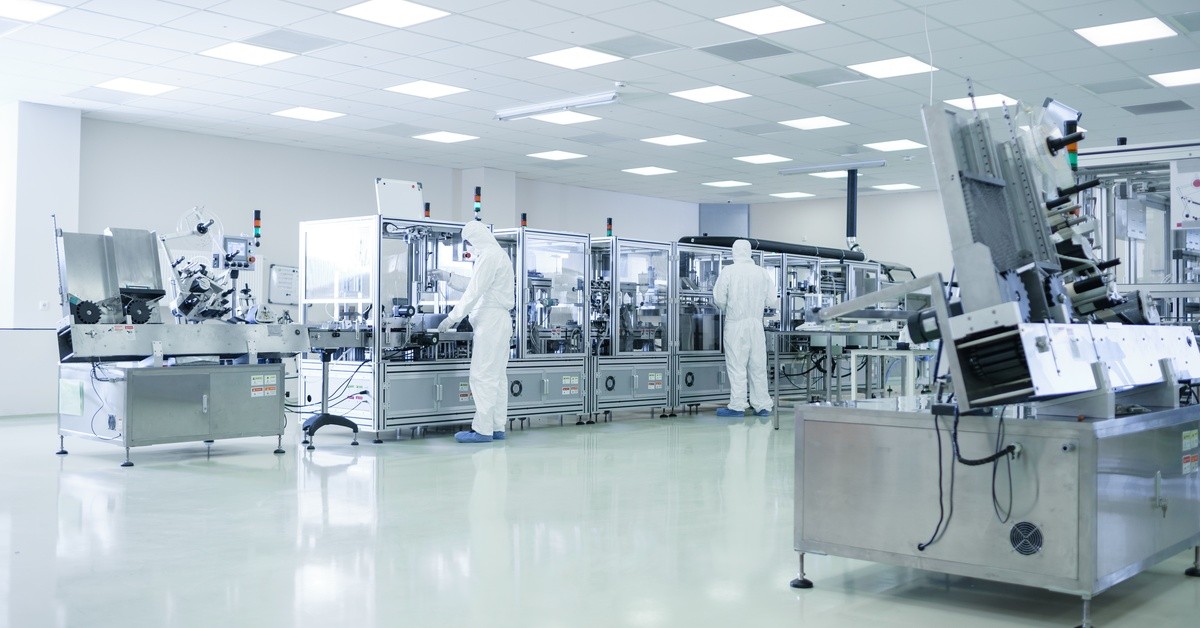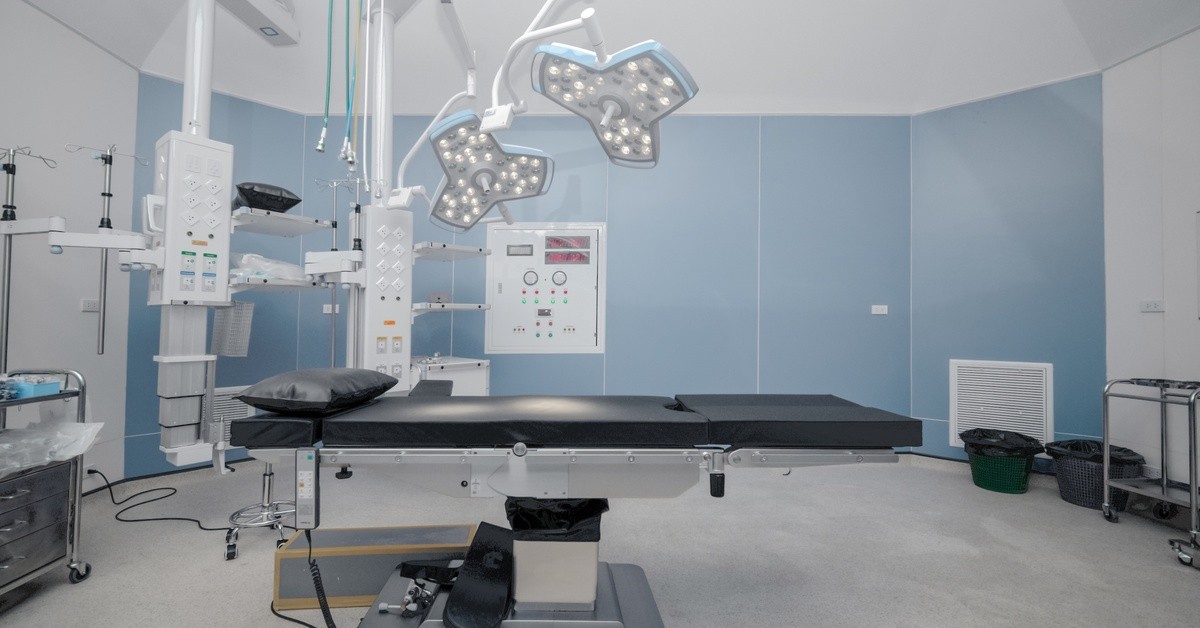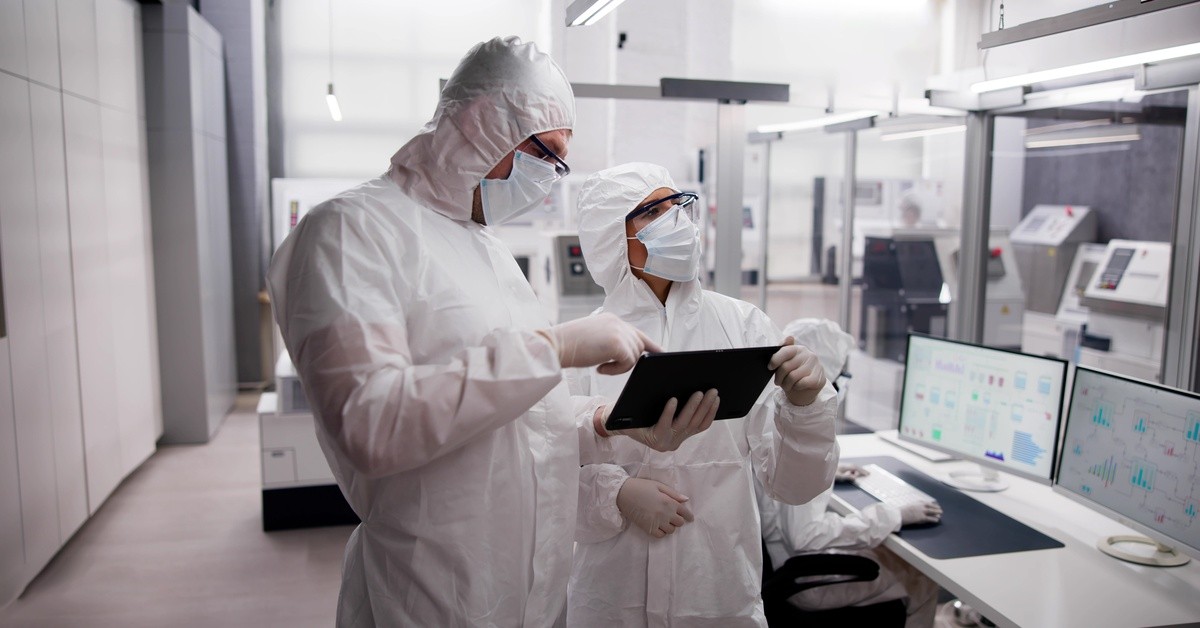Importance of Precise Sterilization in Aseptic Environments

Aseptic environments prevent microbial contamination in pharmaceutical, healthcare, and laboratory settings. These controlled spaces ensure that even the smallest compromise in sterility does not jeopardize patient safety, product efficacy, or research integrity.
Yet maintaining sterility is often more complex than simply adhering to standard protocols. This complete walkthrough takes a deep look at the importance of precise sterilization in aseptic environments and the methods widely employed to create them.
Understanding Aseptic Environments
Aseptic environments are highly controlled spaces where microbial contamination is meticulously prevented. These areas are commonplace in pharmaceutical drug production, research laboratories, operating rooms, and healthcare settings, where sterility is not just an expectation but a necessity. Various safeguards, including controlled airflow, pressure differentials, and advanced filtration systems like HEPA filters, work cohesively to create an aseptic barrier.
What makes these environments distinct is their reliance on stringent standards and protocols defined by regulatory authorities such as the U.S. Food and Drug Administration (FDA), World Health Organization (WHO), or European Medicines Agency (EMA) for product and patient safety at every stage.
A single microbial contaminant in a batch of pharmaceuticals or a medical device could lead to reduced efficacy, patient infections, recalls, or even legal liabilities. Maintaining an aseptic state is not merely regulatory compliance; it’s a moral obligation to protect lives.
The Pivotal Role of Sterilization
Sterilization plays a central role in the protection of aseptic environments, ensuring that surfaces, instruments, and air are free of microorganisms capable of compromising sterility.
Remember that sterilization is not just about cleaning surfaces; it’s about achieving microbial inactivation at a level where the probability of a surviving organism is incredibly low. This level of sterilization is critical for maintaining product integrity, especially in pharmaceutical production, where injectable drugs or implantable devices directly interact with the human body.
Sterilization underpins every aspect of aseptic processing. From the decontamination of reusable tools and single-use components to maintaining sterility in critical zones like ISO Class 5 areas, sterilization enhances operational trust. It eliminates threats before they arise, safeguarding products and the reputations of the organizations that produce them.

Methods of Sterilization
Sterilization methods vary depending on the industry, the materials or products being treated, and environmental considerations. Among the most common methods are autoclaving, which uses pressurized steam, and dry heat sterilization, suitable for high-heat-resistant materials.
Chemical sterilization methods employ agents like ethylene oxide or hydrogen peroxide to penetrate hard-to-reach areas and achieve widespread microbial inactivation. Radiation sterilization, including gamma and electron-beam techniques, is widely used in manufacturing prepackaged, sterile products.
What differentiates these methods is their suitability for different applications and products. For instance, steam sterilization neutralizes critical biological materials, whereas gamma radiation may not be viable for plastics sensitive to degradation. Each method must meet specific parameters, such as time, temperature, and dose, for high levels of sterility while preserving the material’s integrity. These parameters are rigorously validated through biological indicators and sterility testing, leaving no room for oversight.
Challenges in Sterilization
Sterilization is not without its challenges. Achieving and maintaining sterility is susceptible to human error, quality lapses, and equipment reliability. One of the most pressing obstacles is the sterilization of intricate components or systems with complex geometries. Even the slightest imperfection in technique or equipment functionality can lead to sterilization failure.
Environmental factors, such as high humidity, can influence the effectiveness of certain sterilization methods like dry heat. Similarly, certain chemical agents must be handled with the utmost caution due to safety risks for operators and potential residual toxicity.
Another growing concern involves the environmental impact of sterilization by-products, particularly chemicals like ethylene oxide, which has health and ecological risks. Addressing these challenges requires industry-wide collaboration and the adoption of higher validation standards, operational mindfulness, and ongoing research.
Innovative Sterilization Technologies
The importance of precise sterilization in aseptic environments is critical, so the technology to achieve such a goal continues to improve. The evolution of sterilization methods is pivotal in meeting modern aseptic challenges.
Emerging technologies revolutionize how industries accomplish and validate sterility. Traditional vapor phase hydrogen peroxide (VPHP), for example, is an effective and environmentally friendly alternative gaining traction due to its ability to evenly decontaminate entire rooms, including hard-to-reach surfaces.
CURIS® Hybrid Hydrogen Peroxide™ (HHP™) technology takes VPHP technology to the next level. These systems reliably deliver high-level efficacy through a low-concentration solution that enhances safety and material compatibility. Automated systems effectively reduce human intervention, minimizing the risk of handling errors.
Innovations in real-time monitoring tools, such as spore detection systems, offer immediate confirmation of sterilization efficacy, accelerating workflow processes while maintaining absolute compliance. AI and data analytics also play a growing role, enabling predictive maintenance of sterilization equipment, improving reliability, and reducing downtime in critical facilities.

Additive manufacturing techniques generate tools and components specifically designed to enhance sterility, further closing existing gaps in sterilization practices.
Another interesting advancement is the ongoing development of biological indicator microorganisms tailored to specific industries. These customized microorganisms confirm the effectiveness of unique sterilization processes, providing a new layer of assurance to regulatory compliance practices. The future of sterilization validation lies in these proactive technologies that maintain continuous aseptic integrity.
Maintaining Standards for a Safer Future
Through advanced technology, rigorous protocols, and a collective commitment to excellence, the healthcare, pharmaceutical, and laboratory industries will continue to meet the evolving demands of sterility assurance and safety. The responsibility of maintaining these standards does not lie with a single group or industry. It requires a concerted effort from manufacturers, technicians, regulatory bodies, and innovators.
You can explore the industrial decontamination solutions available right now at CURIS System to find easy and effective ways to help maintain aseptic environments in your facility. The right biodecontamination solutions are critical for keeping aseptic spaces safe for anyone who enters, such as employees or clients.
Take the first step toward improving outcomes and complying with regulations by implementing state-of-the-art biodecontamination protocols today. Your commitment to precision and sterility assurance will make a lasting impact on the well-being of people and the advancement of science.